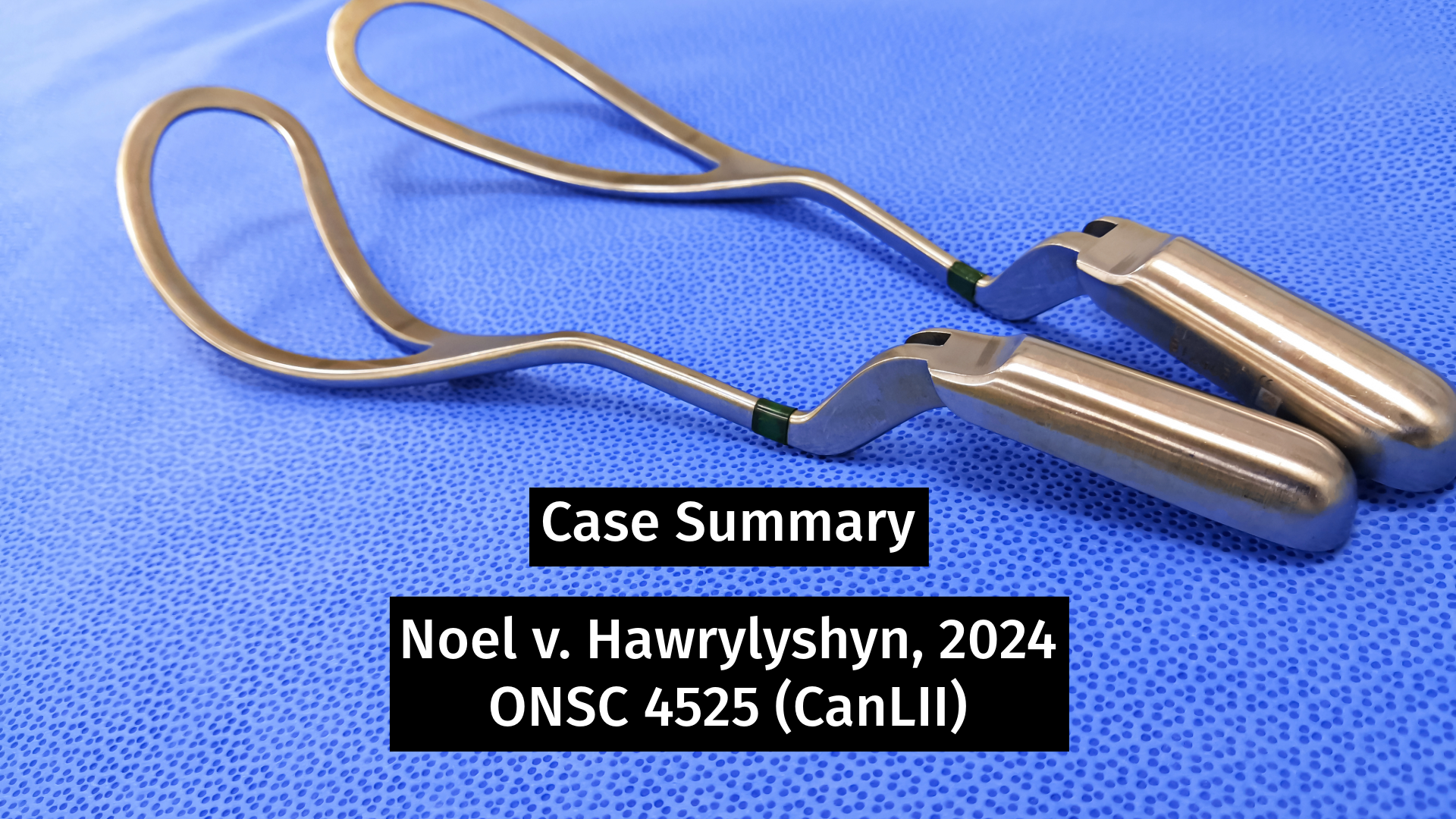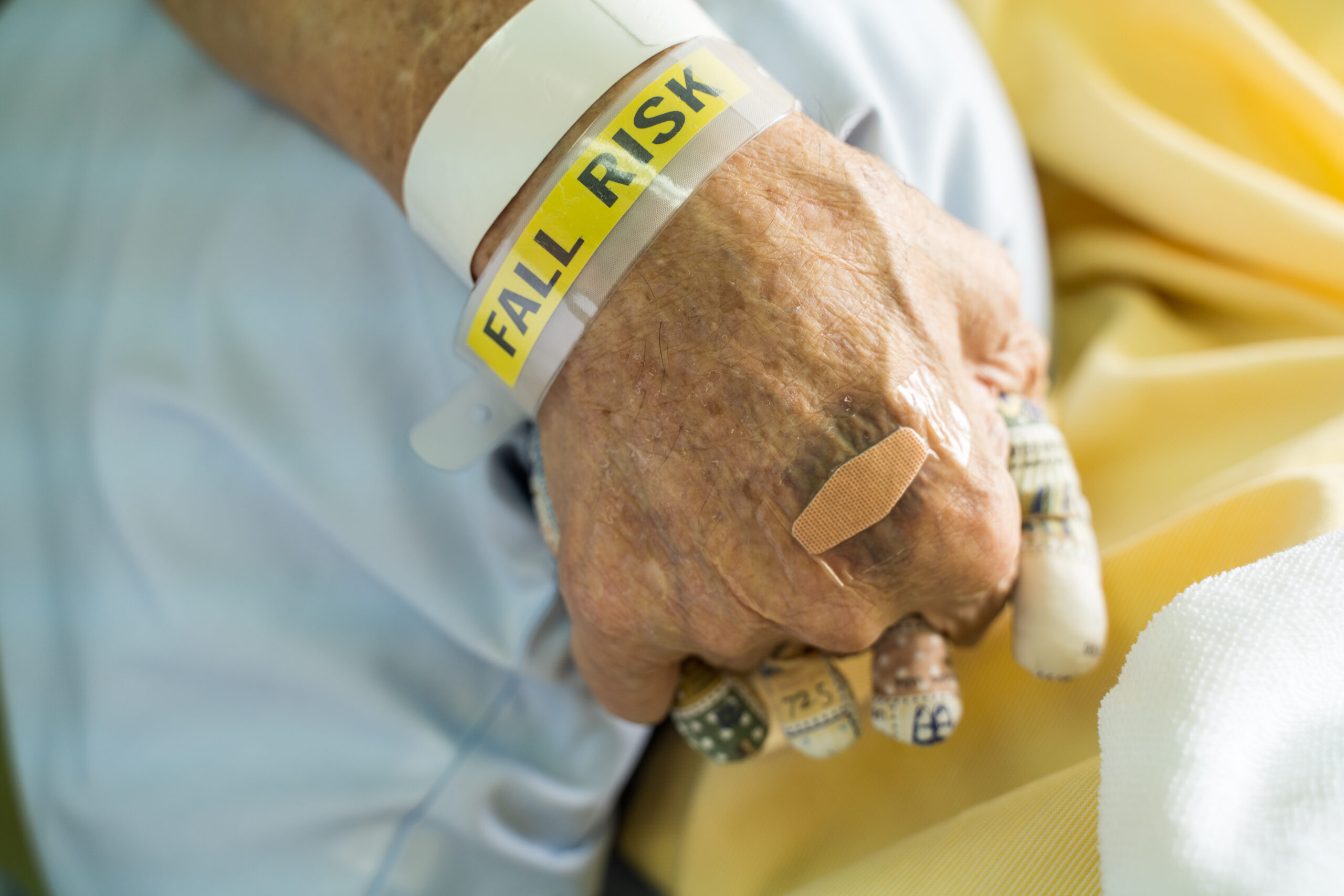
Noel v. Hawrylyshyn – Birth Injury Informed Consent Case Dismissed
On August 15, 2024, a birth injury medical malpractice lawsuit was dismissed in the Ontario Superior Court of Justice.
The Plaintiffs alleged birth trauma resulting in neurodevelopmental limitations due to a lack of informed consent with respect to the use of forceps and vacuum to expedite the birth of the child. The Plaintiffs further alleged negligence with respect to the timeliness of a C-section while the fetus was in distress.


